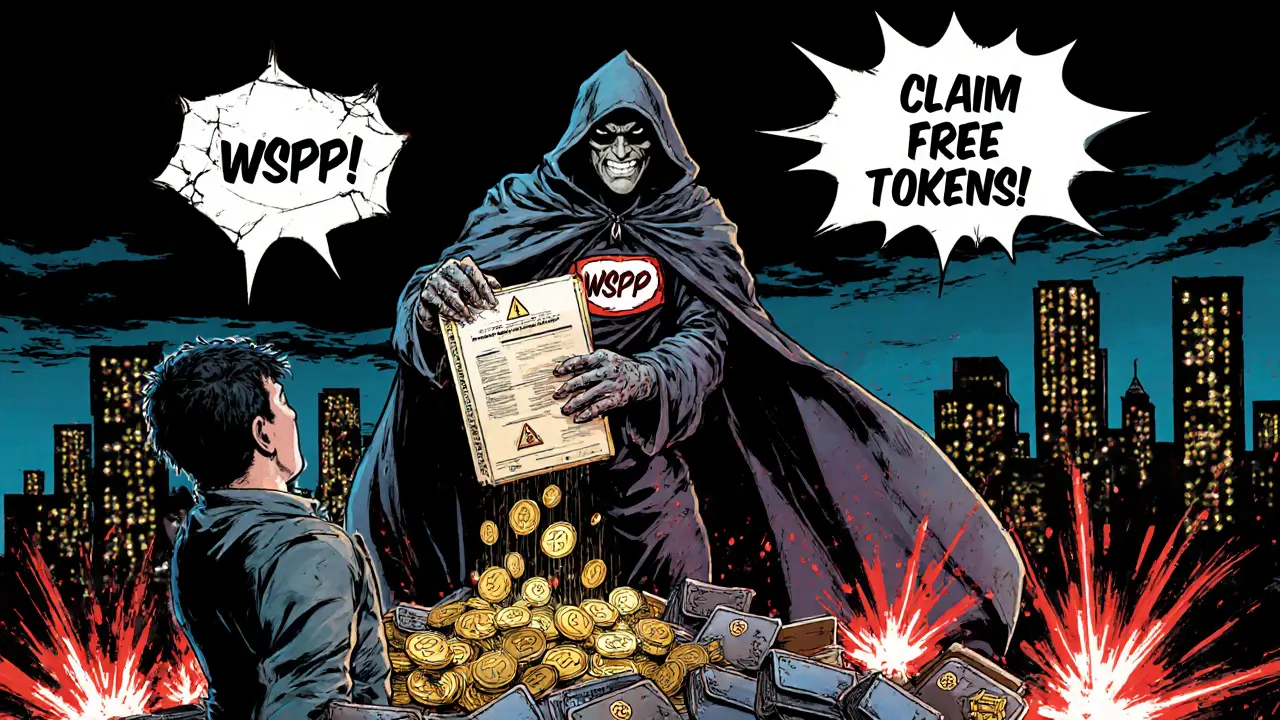When you hear about a free fake airdrop, a deceptive crypto giveaway designed to steal your funds or personal info. Also known as scam airdrop, it often looks just like a real reward—but it’s built to drain your wallet, not fund your portfolio. These aren’t rare mistakes. They’re the most common way new crypto users lose money before they even understand what a wallet is.
Real airdrops don’t ask for your private key. They don’t require you to send crypto first. They don’t come from unknown Telegram groups promising 10,000 tokens for a $5 deposit. If it sounds too easy, it’s a fake token, a digital asset with no real code, team, or blockchain presence. It’s often created in minutes using a template, then pushed through social media bots to trick people into buying or connecting wallets. Projects like Shytoshi Kusama (SHY) or fake REI token claims from Zerogoki are classic examples—no team, no utility, no future. And when you look closer, the exchange behind it? Often a fake crypto exchange, a website with no traffic, no support, and no regulatory license. Burency Global and Bitfront are dead examples—no users, no trades, just a landing page pretending to be real.
Scammers use the same playbook every time: urgency, exclusivity, and false legitimacy. They copy real project logos, steal Twitter bios, and even fake CoinMarketCap listings. They’ll send you a link to "claim" your tokens, but when you connect your wallet, they drain it. Or they’ll ask you to pay gas fees upfront—real airdrops never do that. Even NFT airdrops like the Lepasa Polqueen collection were real because they had verifiable smart contracts, community proof, and active development. Fake ones? Zero on-chain activity. No GitHub. No Discord history. Just a whitepaper written in broken English.
You don’t need to be an expert to avoid these traps. Just check: Is there a real team with LinkedIn profiles? Is the token on a major DEX like Uniswap or PancakeSwap with actual trading volume? Is the project listed on CoinGecko, not just CoinMarketCap? And most importantly—did you hear about it from someone you trust, or from a random DM? The best defense is patience. If you’re unsure, wait. Real projects don’t vanish overnight. Fake ones? They disappear the moment you send your crypto.
Below, you’ll find real-world breakdowns of fake airdrops, scam tokens, and fake exchanges that fooled hundreds—so you don’t have to be next.

WSPP (Wolf Safe Poor People) claims to help end poverty through a crypto airdrop, but it's a scam with no real impact, no verified team, and hidden fees that trap investors. Avoid this fake airdrop at all costs.